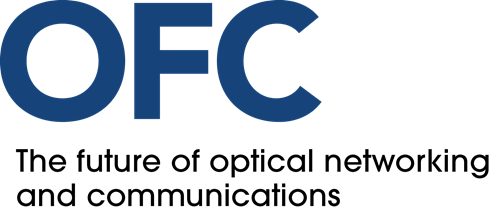
Technical Conference: 15 - 19 March 2026
Exhibition: 17 - 19 March 2026
Los Angeles Convention Center | Los Angeles, California, United States
Technical Conference: 15 - 19 March 2026
Exhibition: 17 - 19 March 2026
Los Angeles Convention Center | Los Angeles, California, United States